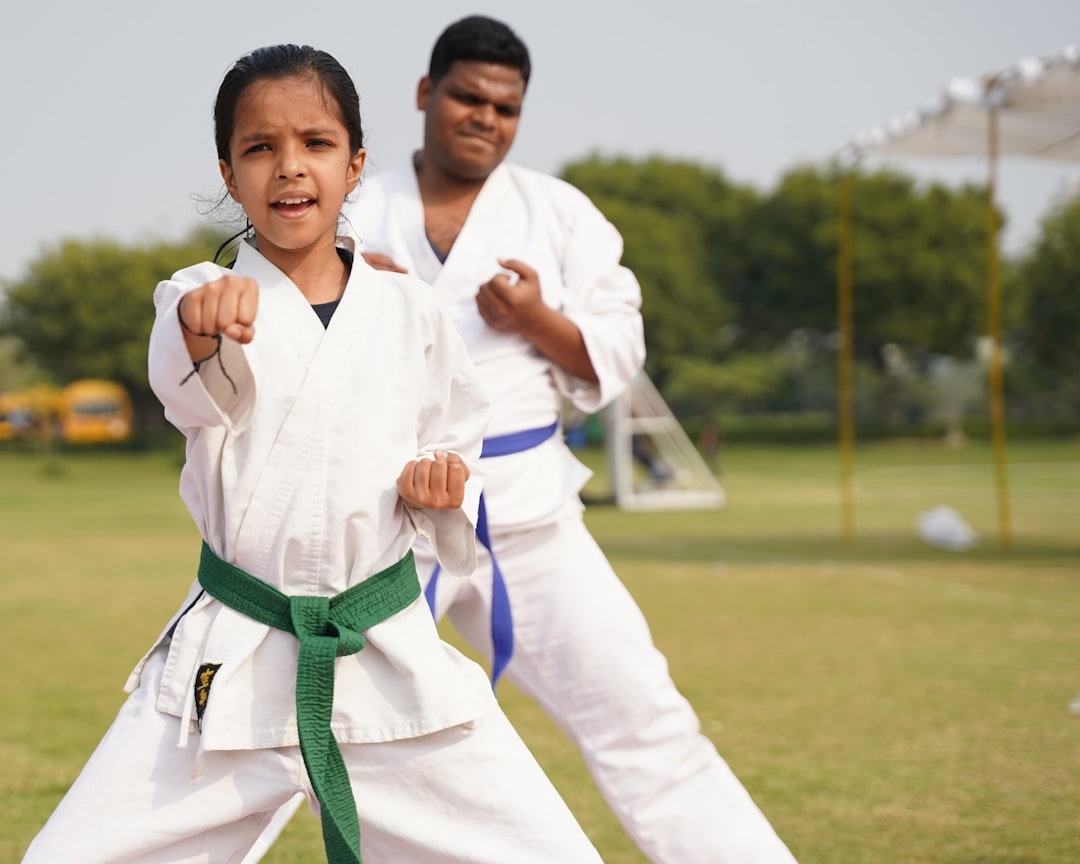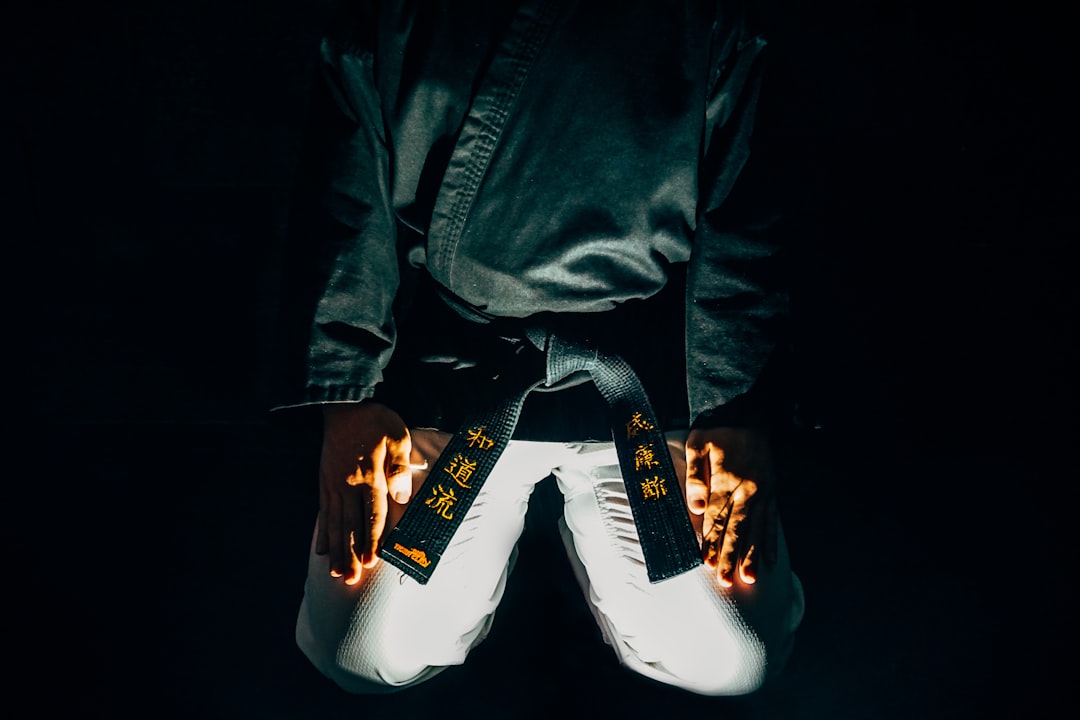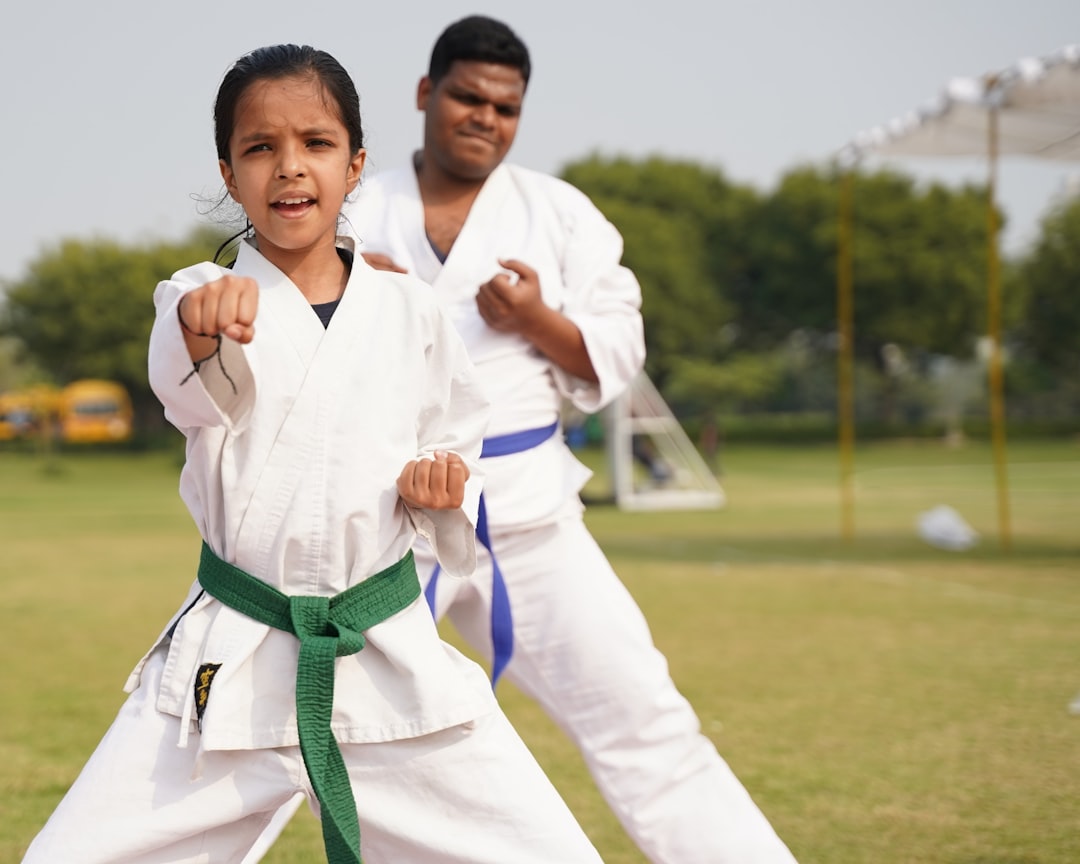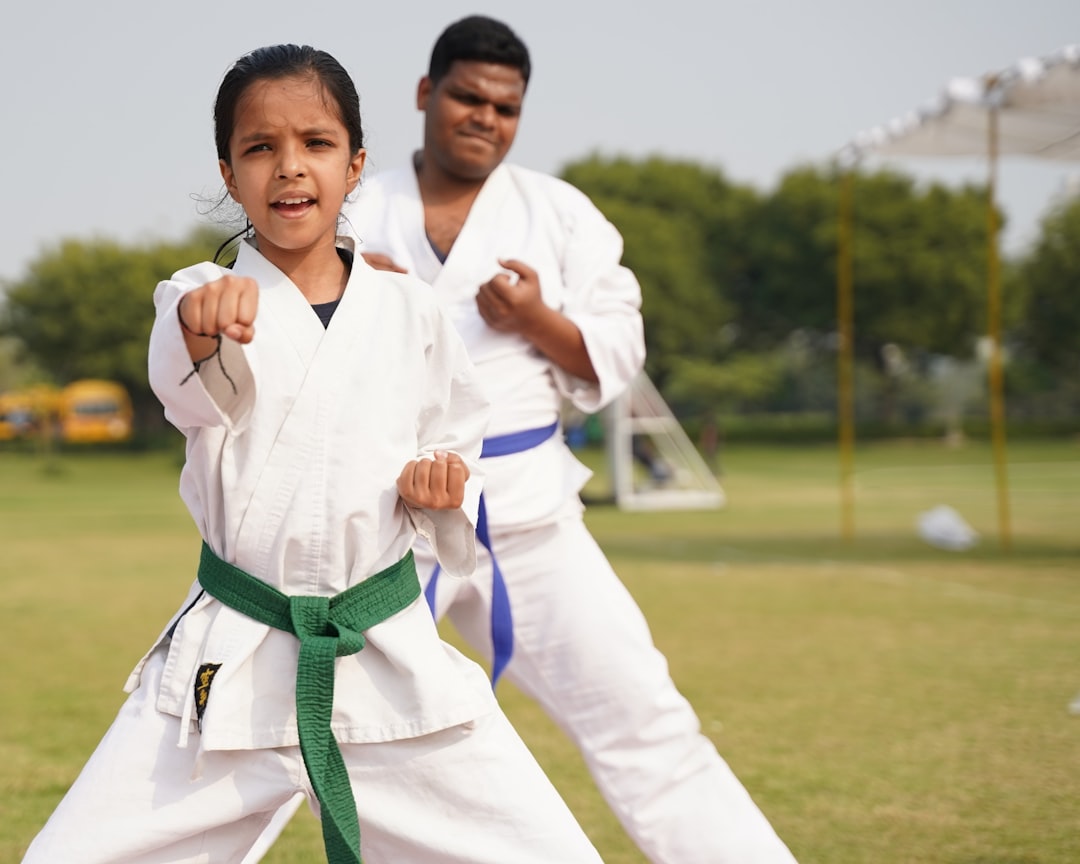Martial arts attire, from the traditional dobok in taekwondo to the gi in jiu-jitsu, transcends functionality, embodying dedication, discipline, and cultural heritage. The evolution of these uniforms reflects changing martial arts trends and philosophies, from ancient functional clothing to specialized 20th-century designs. Today, each discipline develops its unique uniform, emphasizing practical considerations while serving as a symbol of identity, rank, and school affiliation. The karate suit, or gi, has transformed from simple protection to an iconic representation of martial arts worldwide, combining traditional and modern elements with distinct color patterns indicating ranking and school ties.
What Are Martial Arts Uniforms Called? Exploring the Karate Suit and Beyond
Martial arts uniforms, or gi for short, are more than just attire; they represent centuries of tradition, discipline, and cultural heritage. This comprehensive guide delves into the world of martial arts garments, focusing primarily on the iconic karate suit. From ancient origins to modern variations, we explore traditional vs. contemporary designs, highlighting unique fabrics and cultural symbolism. We also compare uniforms across diverse martial arts disciplines like taekwondo, judo, and Brazilian jiu-jitsu, examining their functional and symbolic roles in training and competitions. Whether you’re a practitioner or enthusiast, understanding these nuances can enhance your appreciation for the art of martial arts and the gear that defines them.
- # What Are Martial Arts Uniforms Called? Exploring the Karate Suit and Beyond
- The Evolution of Martial Arts Garments
- – A brief history of martial arts attire
- – Traditional vs. modern uniforms: Key differences
- Karate Suits: A Deep Dive
# What Are Martial Arts Uniforms Called? Exploring the Karate Suit and Beyond

In the vast world of martial arts, the attire worn by practitioners is more than just clothing—it’s a symbol of their dedication, discipline, and cultural heritage. So, what are these distinctive ensembles commonly known as? The term “karate suit” often comes to mind when discussing martial arts uniforms, specifically referring to the traditional garb worn in karate training and competitions. But this label encompasses just one style among many.
Each martial art has its unique name for these uniforms, reflecting the sport’s origins and traditions. For instance, in taekwondo, practitioners wear a uniform called a dobok, while jiu-jitsu enthusiasts don gi (or kimono) during their practices. These garments are designed to facilitate movement, provide modesty, and honor the history of the martial art they represent. The choice of material, color, and style varies across disciplines, telling the story of each martial art’s evolution and cultural context?
The Evolution of Martial Arts Garments

The evolution of martial arts garments is a fascinating journey that mirrors the changing trends and philosophies within the discipline itself. In ancient times, martial artists often trained in simple loose-fitting clothes, such as farmers’ attire or even regular street wear, as these provided freedom of movement essential for combat. For instance, the traditional Chinese martial arts practitioners favored baggy pants and tunics, while Japanese samurai wore armor pieces called “do” or “keikogi,” which later evolved into the familiar kimono.
As martial arts became more structured and organized in the 20th century, specialized garments began to take shape. The modern karate suit, for example, is a tailored garment specifically designed for the practice of karate. This evolution continues today with various martial arts disciplines developing their unique uniforms that not only serve practical purposes but also carry symbolic significance. These uniforms, or “gi” as they are often called, have become an integral part of the martial arts experience, fostering discipline and community among practitioners worldwide.
– A brief history of martial arts attire

Martial arts attire has evolved significantly over time, reflecting changes in training methods and cultural influences. Historically, traditional martial artists wore simple, functional clothing tailored to their specific art form. For instance, the Japanese karate suit, or karate gi, emerged from its utilitarian roots as a response to the need for protection during sparring sessions. This garment consisted of a lightweight cotton jacket and pants, designed to allow freedom of movement while providing some defense.
As martial arts gained popularity worldwide, uniforms became standardized and began to feature distinctive styles and colors. Today, these garments not only serve practical purposes but also play a crucial role in identifying the practitioner’s art form, rank, and even their school or dojo. The karate suit, for example, is recognized globally as an iconic symbol of martial arts discipline and training, with various iterations existing across different disciplines and cultural contexts.
– Traditional vs. modern uniforms: Key differences

In the realm of martial arts, uniforms hold a significant place, serving as more than just attire for practitioners; they are symbolic of discipline, tradition, and identity. Traditional martial arts uniforms, such as the iconic karate suit called “gi,” have stood the test of time. Crafted from lightweight and breathable fabrics like cotton or silk, these garments allow for unrestricted movement, crucial for the fluid techniques and strikes executed in disciplines like karate, judo, and taekwondo. They also often feature distinctive colors and patterns, signaling the practitioner’s ranking and school affiliation.
In contrast, modern martial arts uniforms have emerged to meet the needs of contemporary training methods and competitions. Made from synthetic materials designed for quick-drying and enhanced durability, these outfits offer improved comfort and performance. While they may lack the historical significance of traditional gi, modern uniforms are designed with practicality in mind, allowing athletes to focus on their techniques without the encumbrance of heavier fabrics. The choice between traditional and modern uniforms often comes down to personal preference, training style, and the specific martial art practiced?
Karate Suits: A Deep Dive

In the realm of martial arts, especially Karate, the attire worn by practitioners is more than just a uniform; it’s called a karate suit, or dobuk in Korean. This distinctive garment plays a pivotal role in both training and competition, serving as a symbol of respect, discipline, and tradition. The question arises: why is this attire so significant? Well, for one, it provides freedom of movement, enabling practitioners to execute complex kicks and blocks with ease. Unlike regular clothing, the karate suit is specifically designed to accommodate the dynamic nature of martial arts movements.
When examining the construction of a karate suit, one discovers that it’s crafted from lightweight yet durable materials. The most common fabric is cotton or a synthetic blend, ensuring comfort during intense training sessions. Additionally, these suits often feature distinctive colors and patterns, indicating the rank and style of the wearer. For instance, white suits are traditionally worn by beginners, while black suits signify advanced ranks. This visual hierarchy not only distinguishes between practitioners but also serves as a constant reminder of their martial arts journey.
Martial arts uniforms, with their rich historical context, have evolved from traditional garb to modern, functional attire. The karate suit, or karate gi, stands as a prominent example, characterized by its lightweight construction and ability to accommodate a full range of motion. As martial arts continue to gain global popularity, the design and materials of these uniforms are continually refined to meet the needs of practitioners. Understanding the history and significance of these garments offers deeper insight into the art itself, highlighting the fusion of physical training, discipline, and cultural heritage.
